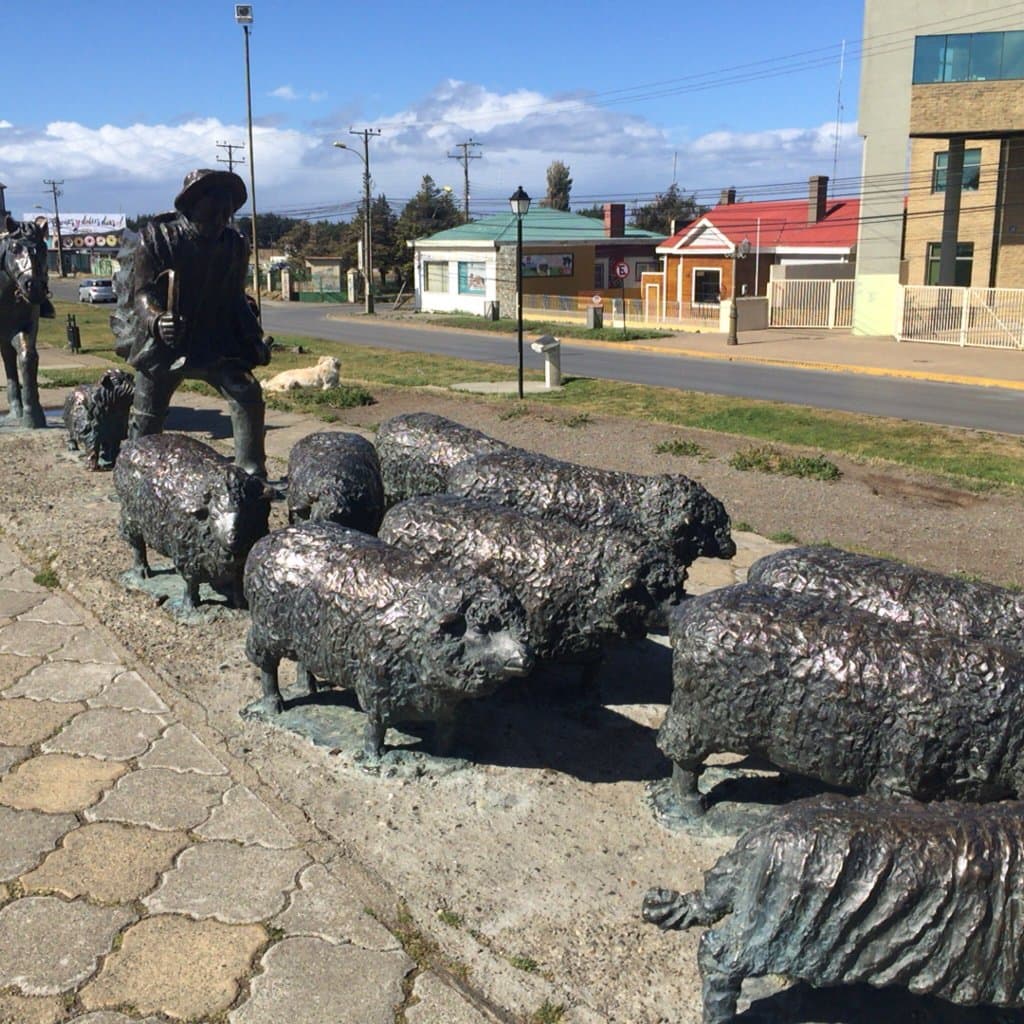
Monumento al Ovejero
A powerful tribute to Patagonia's sheep farmers, honoring their resilience and the iconic ovejero with his loyal animals.
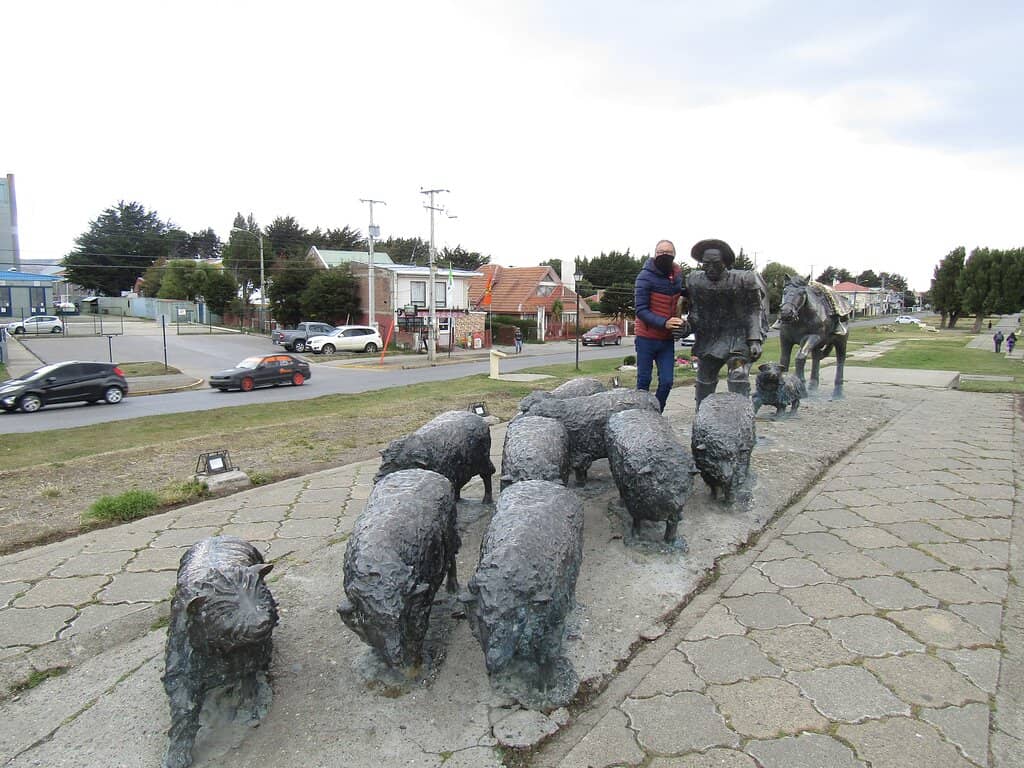
Highlights
Must-see attractions
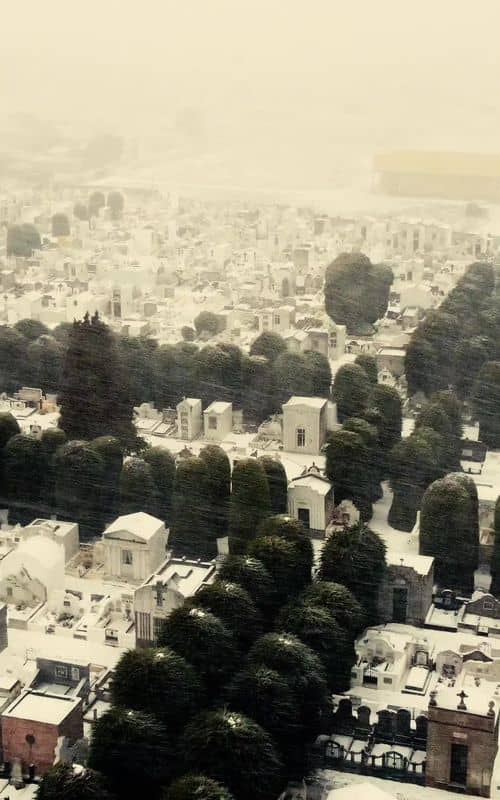
Social
From TikTok & Reddit
Best Time
Best light for photos

Monumento al Ovejero
Best Time
Best light for photos

Highlights
Must-see attractions
A powerful tribute to Patagonia's sheep farmers, honoring their resilience and the iconic ovejero with his loyal animals.
"This monument honors those who came, not just the great or the powerful."
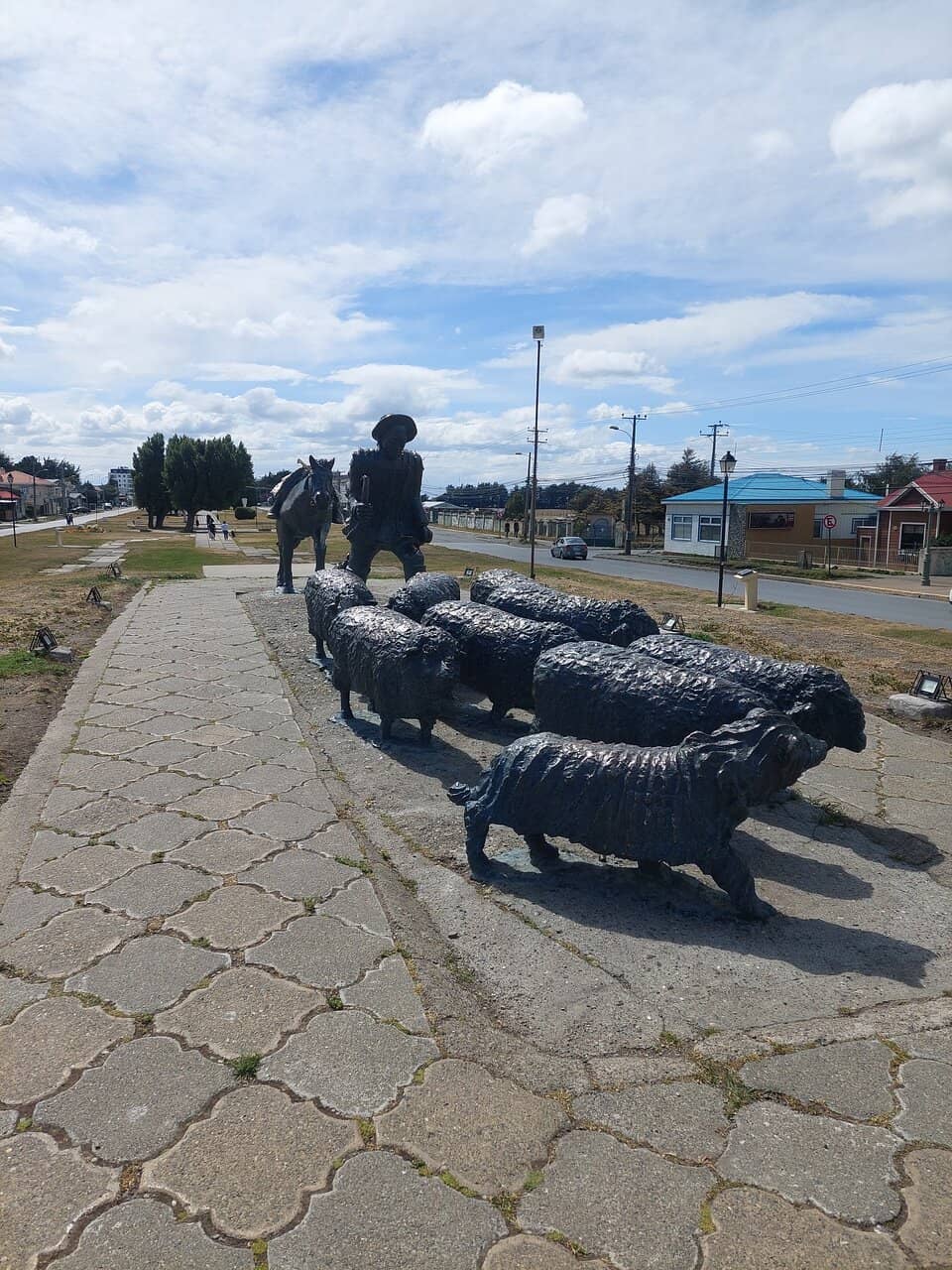
📸 Photo Opportunities
The monument is a classic photo spot, but check for construction that might block access.
📍 Location Awareness
There are versions in both Punta Arenas and Coyhaique; confirm which one you're visiting!
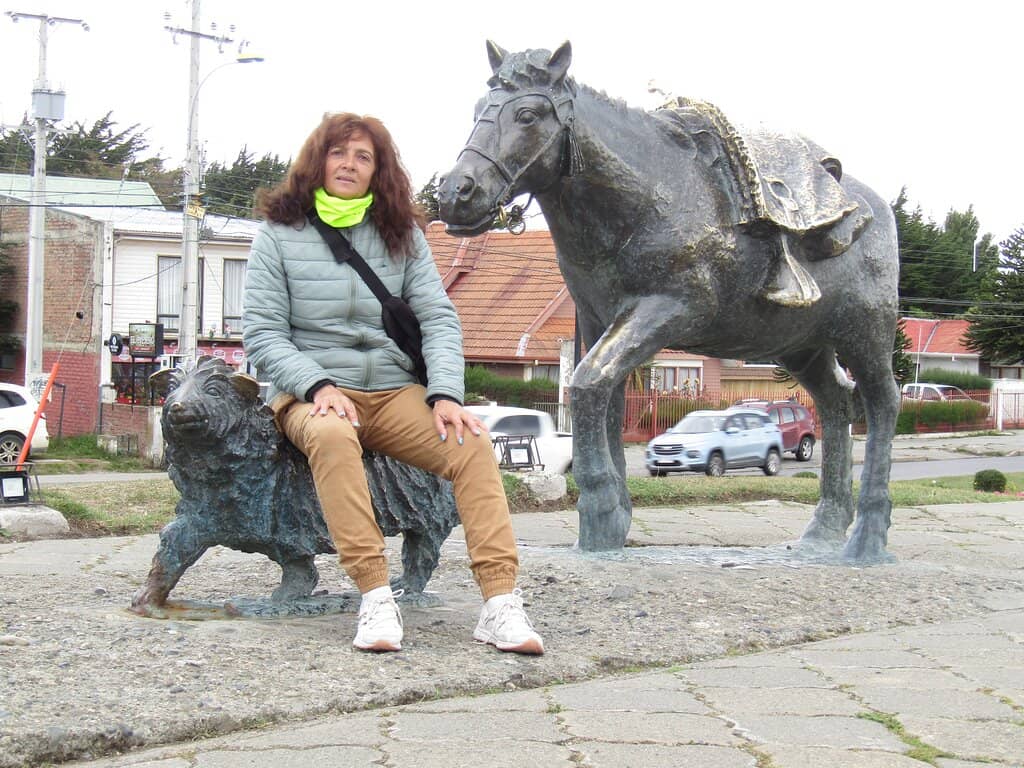
Highlights
Discover the most iconic attractions and experiences
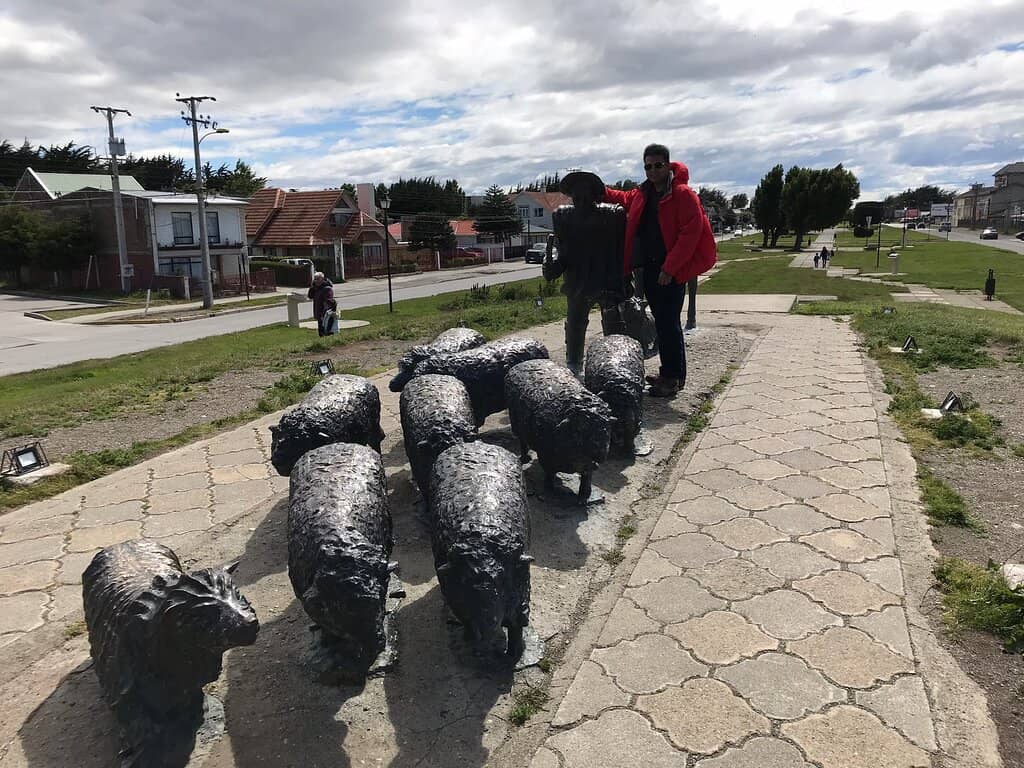
The Bronze Sculpture
Punta Arenas
A powerful tribute to the resilient sheep farmers and their loyal animals, capturing the spirit of Patagonia.
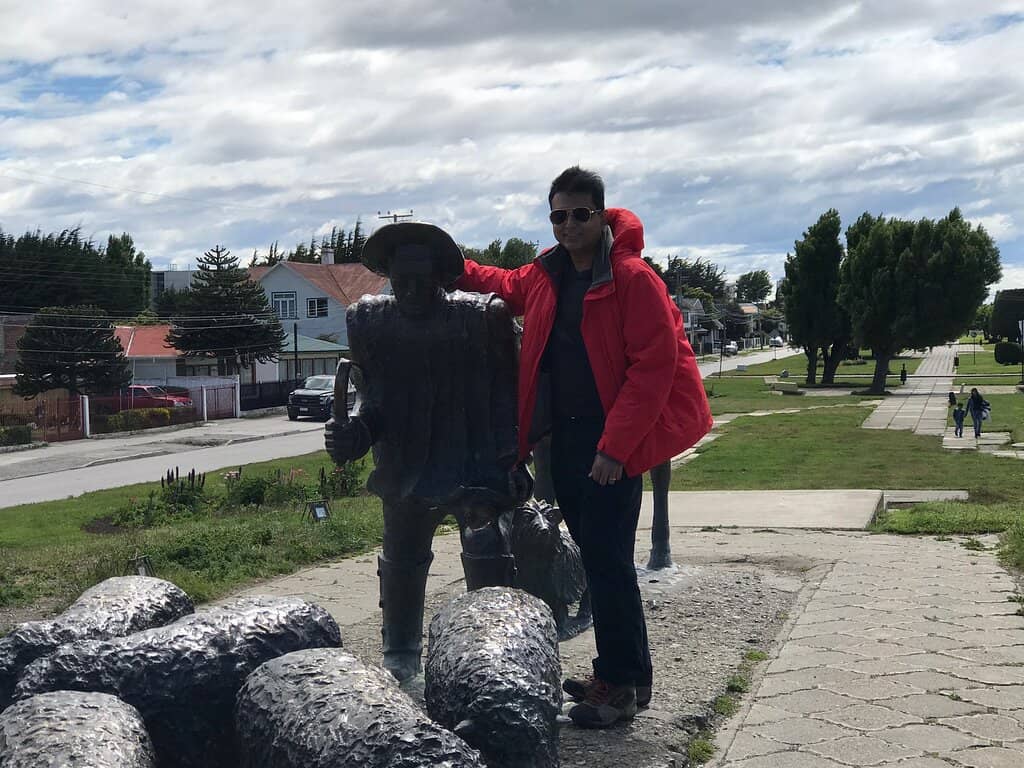
Coyhaique's Granite Version
Coyhaique
This granite rendition stands as a symbol of the region's agricultural roots and the hard work of its people.
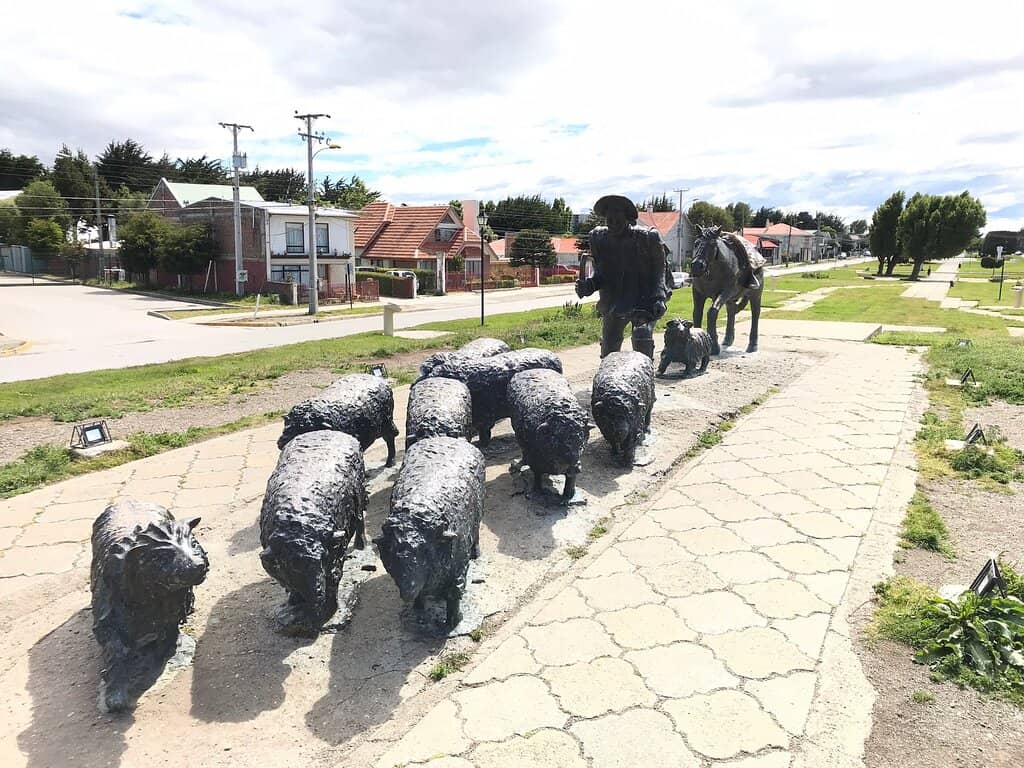
Historical Context
Punta Arenas & Coyhaique
Understand the monument's dual existence and its dedication to the hardworking ovejeros of Patagonia.
Plans like a pro.
Thinks like you
Planning Your Visit
Location & Significance
Best Viewing Tips
Best Times
Insider Tips
from TikTok, Instagram & Reddit
📸 Photo Opportunities
The monument is a classic photo spot, but check for construction that might block access.
📍 Location Awareness
There are versions in both Punta Arenas and Coyhaique; confirm which one you're visiting!
🚶♂️ Nearby Attractions
Often visited alongside the Municipal Cemetery in Punta Arenas.
🐴 Respect the Art
Please refrain from climbing on the sculpture to preserve it for others.
Tips
from all over the internet
📸 Photo Opportunities
The monument is a classic photo spot, but check for construction that might block access.
📍 Location Awareness
There are versions in both Punta Arenas and Coyhaique; confirm which one you're visiting!
🚶♂️ Nearby Attractions
Often visited alongside the Municipal Cemetery in Punta Arenas.
🐴 Respect the Art
Please refrain from climbing on the sculpture to preserve it for others.
What Travellers Say
Reviews Summary
Visitors find the Monumento al Ovejero an interesting and classic tribute to the region's heritage, particularly honoring the hardworking sheep farmers. While some note its simple nature, many appreciate its historical significance and the opportunity for photos, though construction can sometimes limit close access.
"Very interesting.
This monument honors those who came. Not just the great, or the powerful.
Many people mount the burro, keeping its brass shiny.
Classic.
Take time to visit. It’s def in the top 5 places to visit."
Rhyn Ellivrut
"Were only able to take a picture from afar as area around monument was closed for construction. Located just short walk from Cementary."
Marcin Jackowski
"Well worth the walk past the cemetery. A lovely sculpture showing the sheep, horse etc."
Keith Allen
What People Like
What People Dislike
Frequently Asked Questions
🚇 🗺️ Getting There
The Monumento al Ovejero in Punta Arenas is located on Avenida Bulnes. It's easily accessible by car or a short taxi ride from the city center. Some visitors combine it with a visit to the nearby Municipal Cemetery.
Yes, the granite version of the Monumento al Ovejero is a prominent landmark in Coyhaique, often mentioned as a must-see when visiting the city.
It's a bit of a walk from the absolute center, but doable. Many visitors find it a pleasant stroll, especially if they are also visiting the cemetery.
While specific bus routes might vary, local buses in Punta Arenas can often get you close to Avenida Bulnes. Renting a car is also a popular option for exploring the area.
Many visitors explore the area on foot, especially if visiting the adjacent cemetery. Renting a car offers more flexibility for exploring Coyhaique or other sights in Punta Arenas.
🎫 🎫 Tickets & Entry
No, the Monumento al Ovejero is an outdoor public monument and does not require an entrance fee. You can visit it freely.
As an outdoor monument, it is accessible at any time. However, for the best experience and lighting for photos, daytime visits are recommended.
There is no admission fee to view the Monumento al Ovejero. It's a free public landmark.
While generally accessible, be aware that sometimes the area around the monument might be closed for construction or maintenance.
The monument is accessible at all hours, but nighttime visits may offer less visibility for appreciating the sculpture and taking photos.
📸 📸 Photography
Early morning or late afternoon often provide the best natural light for photography, minimizing harsh shadows and crowds.
Experiment with different angles to capture the full scope of the sculpture, including the sheep, horse, and the ovejero.
Usually, yes. However, be aware that sometimes construction or renovations might limit how close you can get.
Any camera, from a smartphone to a DSLR, can capture great shots. A wide-angle lens can be useful to fit the entire sculpture in the frame.
Drone regulations can vary by location. It's best to check local ordinances before flying a drone near public monuments.
🎫 🏛️ History & Culture
It's a tribute to the hardworking sheep farmers (ovejeros) and their essential role in the history and economy of Patagonia.
The original bronze sculpture was created for Punta Arenas, with a granite version later donated to Coyhaique.
The bronze version in Punta Arenas was created by sculptor Germán Montero.
They symbolize the ovejero's constant companions and essential partners in the challenging Patagonian landscape.
Occasionally, the monument is used as a backdrop for local events or awareness campaigns, like the purple lighting for epilepsy awareness.
For Different Travelers
Tailored advice for your travel style
👨👩👧 Families with Kids
Consider combining a visit with nearby attractions that might hold more direct appeal for younger children, such as parks or interactive museums if available. The monument's accessibility and lack of an entrance fee make it a stress-free option for a quick educational stop.
📸 Photographers & Art Enthusiasts
Art enthusiasts will appreciate the craftsmanship and the historical narrative embedded within the sculpture. It's a piece that speaks volumes about the region's identity and the lives of its early inhabitants. Understanding the context of the ovejero's life will deepen your appreciation for this significant cultural landmark.
🚶♂️ Budget Travelers
Pairing a visit to the monument with other free attractions in Punta Arenas, such as the Cerro de la Cruz viewpoint or the Costanera, makes for a very economical day of sightseeing. If you're in Coyhaique, it's also a central and accessible landmark that won't impact your budget.
Deep Dives
In-depth insights and expert knowledge
The Dual Identity: Punta Arenas vs. Coyhaique
When visiting Punta Arenas, the monument is often found near Avenida Bulnes and is a popular stop for those exploring the city's historical sites, sometimes paired with a visit to the nearby Municipal Cemetery. In Coyhaique, it's a central landmark, representing the city's connection to its rural roots and the enduring spirit of its people. Both locations offer a chance to connect with the history of the ovejeros who shaped this rugged land.
The creation of these monuments reflects a deep respect for the laborers who endured harsh conditions to build the region's economy. They are not just statues but powerful reminders of resilience, hard work, and the symbiotic relationship between humans and animals in the Patagonian wilderness.
Understanding the Ovejero's Role
The monument visually captures this essence. It typically depicts the ovejero alongside his loyal sheepdogs and horses, who were indispensable partners in his daily work. These animals were not just tools but companions, crucial for herding, protection, and survival in the vast Patagonian wilderness. The sculpture serves as a reminder of this vital partnership and the skill involved in managing livestock in such an environment.
By honoring the ovejero, the monument celebrates the hard work, sacrifice, and pioneering spirit that defined the settlement and development of Patagonia. It acknowledges the contributions of ordinary people, often overlooked in grand historical narratives, who played a critical role in shaping the region. Visiting the monument offers a tangible connection to this important aspect of Patagonian heritage.



Social
from TikTok, Instagram & Reddit